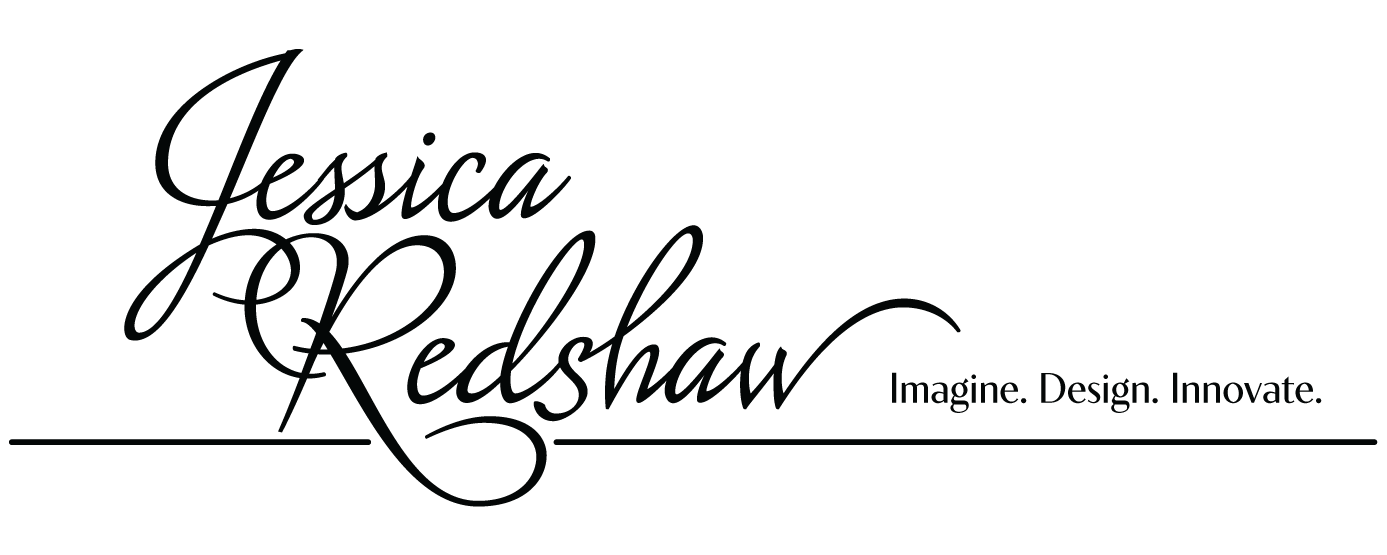**Due to this being a private internal Casey's project I cannot post actual designs online. If you wish to see my designs, please schedule a meeting with me. Thank you for understanding!**
June 2023-November 2023
The Problem
We are gathered here today to celebrate the life and mourn the death of the Retalix Pocket Office (RPO) devices, which were originally adopted for use by Casey’s in 2004 and are no longer available to order replacements. Please pause for a moment of silence. Thank you. The Kitchen Supply Ordering app (KSO) is part of a larger initiative to decommission the old RPO devices and move its functions onto the new Zebra handheld devices.
What’s a Zebra?
You might think you don’t know what a Zebra is, but chances are you’ve seen one around. Kohl’s uses them to check in Amazon returns, Walmart uses them to document pickup orders, and CVS uses them to check in and out deliveries, just to name a few examples. Essentially, a Zebra is a smartphone-like device with a barcode scanner. Each of Casey’s stores has two, and they are getting more and more apps on them to do things like inventory, check-in vendors, price check and print labels, and now order kitchen supplies!
Contextual Inquiry
After taking on this project and doing some whiteboarding with the team, I decided I needed to better understand the process of how Casey’s team members order kitchen supplies. I wrote up a list of questions and visited my local Casey’s to job-shadow the kitchen manager while he was ordering his kitchen supplies. This contextual inquiry was an extremely valuable experience, in which I learned how he carries a binder full of item barcodes around the store and writes in what he plans to order. I also learned that ball point ink pens will freeze in the freezer, best to use a pencil to write in your numbers. After about 1-2 hours of this (depending on how many interruptions happen), he takes the binder back to the office and starts scanning it with the RPO. Then he submits his final order with the computer in the office. I learned many complaints about the process (especially the organization and accuracy of the items in the binder), as well as what he liked about it (the RPO scans so quickly—he thinks the Zebras are slow). In total the UX team, conducted three of these contextual inquiries. We asked each manager to rate the current experience on a scale of 1-5 with 1 being very bad and 5 being very good. All three store managers rated it a 3. We summarized our findings in a PowerPoint deck and shared it with the other stakeholders.
Design Process
I began sketching my ideas for what the screens could look like, as well as taking copious notes during meetings with business stakeholders and the product team. There were a lot of technical constraints and a fast approaching deadline. Since the current devices were irreplaceable and so many processes needed to be switched over, I only a had a couple weeks to put a prototype together for the first design review. After a couple of iterations and a few more meetings, I had a working prototype we were happy with.
Usability Testing
I typed up a moderator’s guide, loaded the prototype link on my test Zebra, and my supervisor and I joined a couple of members of the continuous improvement team on their trip to a few Marshalltown stores, so that we could get some feedback from stores we hadn’t been to yet. We took turns moderating and taking notes. Since the team members were able to interact with prototype on the same device they would be using it on in the future, it gave me good insight into the usability of the app. One thing we learned was the stores actually do order some large quantities of items (like 40+ heads of lettuce), and they would need the option to type in a quantity in addition to incrementing a number. We asked them to rate the experience on a scale of 1-5 the same as we did when we were job shadowing. The experience using the prototype was higher at a 4.3. Again, we summarized our results in a deck. I took the feedback we got and updated the design accordingly.
Supporting Development
After the final design review, the prototype I created was handed off to the product owners to write acceptance criteria and plan sprints. I was able to participate in the development team’s standup meetings to hear how production was coming along and be available to answer any questions that came up. I've had 1:1 calls and in-person chats with the principal mobile developer on the project to answer questions she had about the design. I’ve also been able to participate in testing the app for bugs and reviewing the user guide for the team members.
